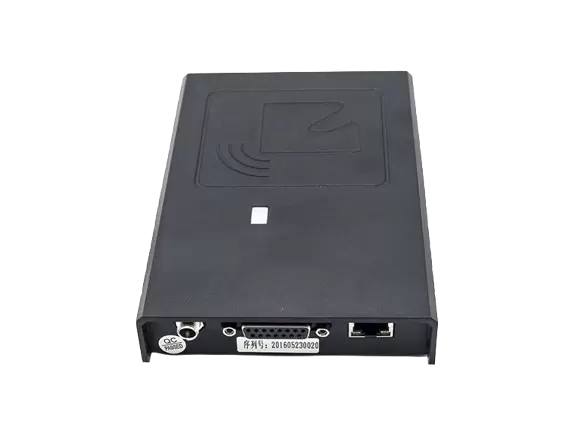In recent years, the rise of electric vehicles (EVs) has revolutionized the automotive industry, offering a cleaner and more sustainable mode of transportation. But have you ever wondered how these futuristic vehicles actually work? In this comprehensive guide, we will delve into the intricate inner workings of electric vehicles, exploring the key components and processes that make them tick.
- The Battery Pack:
At the heart of every electric vehicle lies the battery pack, which serves as the primary source of power. Typically composed of numerous lithium-ion cells, these packs store electrical energy that is used to propel the vehicle. The battery management system (BMS) ensures the optimal performance and longevity of the battery pack by monitoring its temperature, voltage, and state of charge. - Electric Motor:
Unlike traditional internal combustion engines, electric vehicles rely on electric motors for propulsion. These motors convert electrical energy from the battery into mechanical energy, generating torque to drive the wheels. Permanent magnet synchronous motors (PMSMs) and induction motors are commonly used in EVs due to their high efficiency and compact size. - Power Electronics:
To control the flow of electricity between the battery pack and the electric motor, power electronics play a crucial role. The inverter converts the direct current (DC) from the battery into alternating current (AC) for the motor, while the DC-DC converter regulates the voltage to power auxiliary systems. Advanced power electronics technologies, such as silicon carbide (SiC) semiconductors, are employed to enhance efficiency and reduce energy losses. - Regenerative Braking:
One of the key advantages of electric vehicles is regenerative braking, a process that converts kinetic energy into electrical energy during deceleration. When the driver applies the brakes, the electric motor switches into generator mode, capturing the energy that would otherwise be wasted as heat in traditional vehicles. This energy is then fed back into the battery, increasing overall efficiency and extending the vehicle's range. - Charging Infrastructure:
To keep electric vehicles on the move, a robust charging infrastructure is essential. Charging stations, ranging from slow AC chargers to fast DC chargers, provide the necessary electricity to replenish the battery pack. Additionally, emerging technologies like wireless charging offer the convenience of charging without physical connections. As the charging network expands, range anxiety becomes less of a concern, further promoting the adoption of electric vehicles.
Conclusion:
Electric vehicles represent the future of transportation, offering a sustainable and eco-friendly alternative to conventional vehicles. Understanding the inner workings of EVs, from the battery pack and electric motor to power electronics and regenerative braking, provides a glimpse into the technological advancements driving this revolution. As the world embraces electric mobility, continued research and innovation will further enhance the efficiency, range, and accessibility of electric vehicles, ushering in a new era of transportation.






+ There are no comments
Add yours